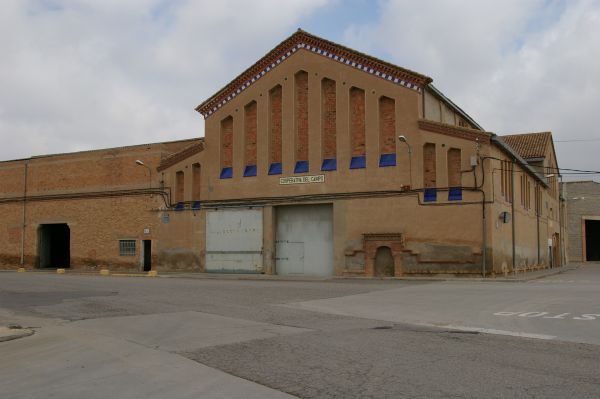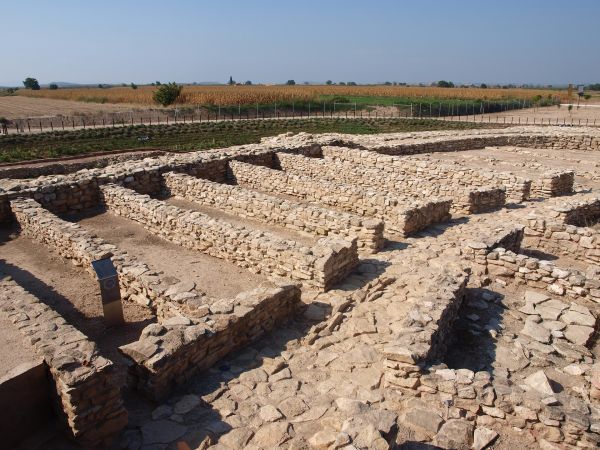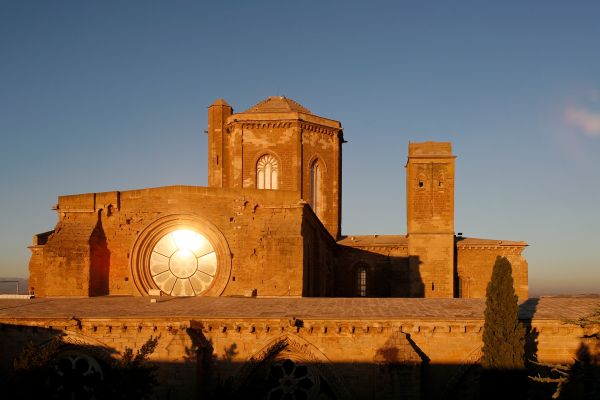Cèsar Martinell worked all over Catalonia and designed around
fifty wineries. One of these is to be found to the town of
Albi, in Les Garrigues, the starting point of our route through the regions of Lleida.
In Ponent, wine production was strongly linked to the manufacture of another product: olive oil. For this reason, agricultural buildings often shared the roles of winery and oil mill.
In the building in Albi we can see Martinell's defining architectural features, especially on the Modernista façade. Today, the winery focuses on the production of oil, although it also retains a small part dedicated to wine.
Our next stop will at the
Palau d’Angesola, where another of Martinell's building can be found; it is the
winery and oil mill of the old agricultural union of the town, where you will see the great basilica plan area and the transverse building that housed the engine-room.
THE ‘NEW’ RAIMAT OF MANUEL RAVENTÓSEntering
Segrià we can visit the
Bodegas Raimat; this town was revived thanks to
Manuel Raventós, who in 1914 acquired 3,200 hectares of uncultivated land which he turned into an extensive vineyard.
Raventós hired the architect
Joan Rubió i Bellver, disciple of
Antoni Gaudí, for the construction of the wineries, the houses of the workers and the church. The winery was one of the first buildings to be made of reinforced concrete in Spain. Of particular note is the "winery cemetery", the room where the bottles of wine were left to age; in fact, the
first bottle of Raimat wine is still preserved there today.
THE OIL ROUTE AND HERITAGE IN LLEIDABut apart from wine, one can also follow the oil route, such as that of
Les Garrigues, which takes you through towns such as Arbeca, La Floresta, Els Omellons and L'Espluga Calba.
Finally, you cannot miss one of the biggest Iberian fortresses in Europe,
the Vilars of Arbeca. And in the city of Lleida you can see the
Cathedral of St. Mary of La Seu Vella, the
Church of Sant Llorenç and the
Museum of Lleida.
Have we managed to inspire you? If you have any other interesting suggestions please send them to us on Facebook or publish your photos on Instagram with the hashtag #patrimonicultural.



